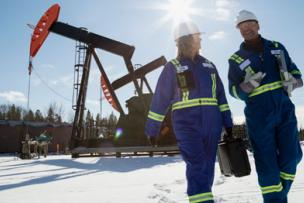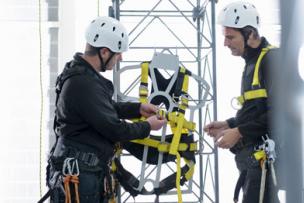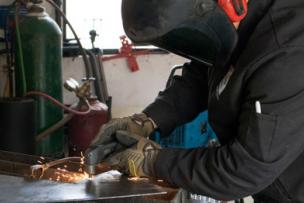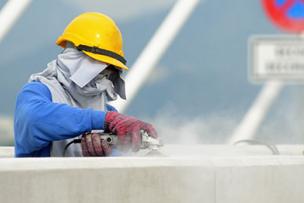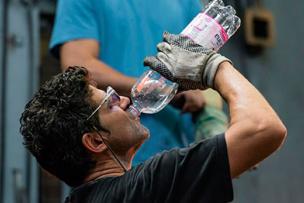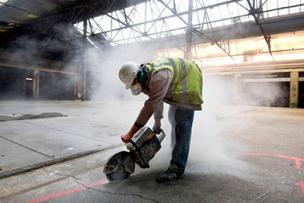Learn best practices and pointers for selecting cold-weather gear and clothing to protect your workforce.
DYMO created their industrial-strength labels to organize and identify areas in an operations environment.
Proper anchoring and use of fall protection systems can mean the difference between a minor hiccup on the job and a fatal fall. We share a safety moment for manufacturers that want to implement fall protection best practices.
Originally inspired by motocross gloves and built for the needs of today’s high-performance trade workers, Ironclad Performance Wear is geared for safety without sacrificing fit or durability.
With 100 OSHA silica-related inspections now on record, here are lessons learned that can help general industry facilities reduce the danger to their workers from harmful silica dust inhalation.
People expect to need fluids when it’s hot, making winter dehydration a less obvious but more likely work hazard. Here’s why people become dehydrated when it’s cold and what your safety team can do to prevent winter dehydration.
When temperatures begin to drop outside, it’s time to prepare your shop floor for winter and to remind your workers of best practices to keep them safe. Here are five tips that might not immediately come to mind.
Wearwell understands the importance of continuing to engineer for safety.
Wearwell offers a wide range of industrial matting to fit every need and every budget.
OSHA expects businesses to use engineering controls and work processes to keep silica dust exposure safe for workers. Here’s a guide to help establish best practices for controlling respirable crystalline silica levels.

